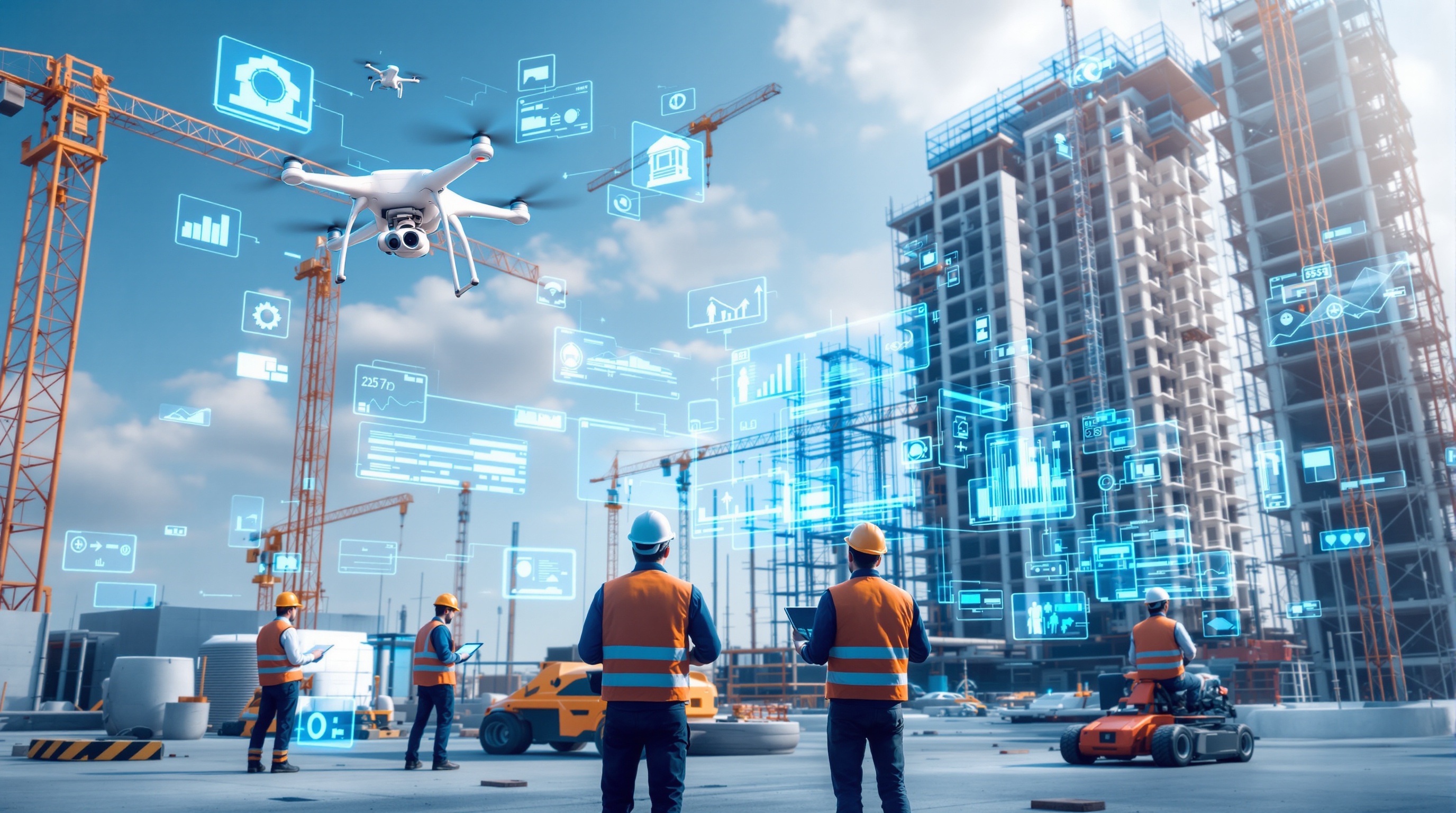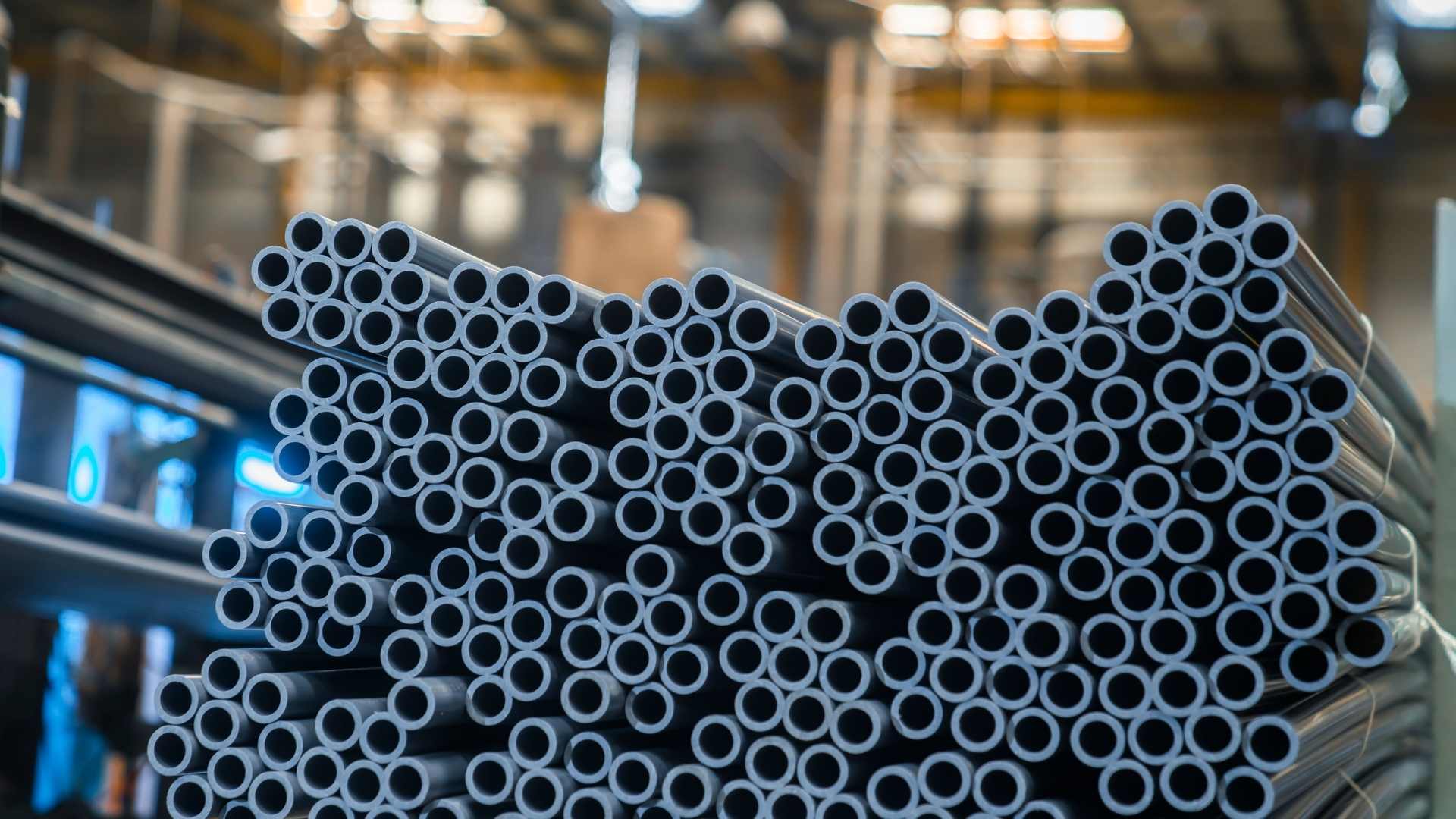Construction Technology Trends To Impact The Industry In 2021
The design and construction industry is one of many industries that has been impacted by the global pandemic. Similar to any other production, the construction industry has somehow halted its own but managed to go back on track.
This 2021, the construction industry has embraced a huge paradigm change that considers all the necessary precautions to take while on production. One hot topic among people in the construction industry is the technology to use with the integration of manpower.
Here are the Top 10 Construction Trends To Impact The Industry In 2021
Self-Healing Concrete
Most buildings being put up here in the Philippines use concrete. Concrete is one of the key materials used in the construction industry, from building foundations to bridge systems and underground parking lots. It is always the go-to item for every engineer and contractor that is why having the self-healing concrete came to life and became a game-changer. It provides the opportunity to build buildings without thinking about damage or heavy maintenance. Structures can not only benefit from self-healing concrete, they can be a fantastic sidewalk solution. In towns and suburbs, smooth pavement can be laid down without having to worry about wear and tear.
The first concrete self-healing products (successful test results permitting) are expected to reach the market within two years and are expected to increase the lifetime of many structures in civil engineering.
Cloud and Mobile Technology
Changes are inevitable even in the construction industry. Every year, there are drastic changes that are being imposed in no minute. In this case, technology has something to say. The design and construction industry has been using technology in some of their products especially when handling treacherous production. Cloud and mobile technology have helped people in storing important information in the cloud and was able to share data in a few clicks.
This technology trend will become a great help for people who are handling numerous projects and wanting to share data with colleagues. This is also much less costly, only a tenth of what the cost of sharing old technology is.
A commercial cloud-based telephone system is accessible from anywhere you are as long as you have an internet connection. People are now foreseeing that it will become an essential part of the construction industry, especially if you want to remain competitive.
The Advancement of BIM
From a general point of view, BIM would bring more precision to the construction process and allow the sharing of important project information between the different stakeholders. Moreover, it is expected that their further evolution will make building projects more effective and functional, including creative sustainability and security initiatives. In the near future, the use of BIM technology will become a revolutionary shift. Through BIM, there would be various levels of programming allowed such as 4D and 5D BIM.
BIM will add more precision to the construction process from a general point of view and will allow the sharing of essential project information between the various stakeholders. Moreover, their further evolution is expected to make construction projects more efficient and usable, including innovative measures of sustainability and protection.
Augmented Reality
Computer vision and object recognition are examples of augmented reality technologies being used in the construction industry. Computer software must derive real-world coordinates in augmented reality, independent of the camera or from camera images.
In building and architecture projects, augmented reality includes putting a 3D rendering of a proposed design into an actual space using mobile devices and 3D models. Augmented reality, beyond visualization, also has a wealth of design and construction applications. By digitally walking around the completed model, it can be used for design analysis to pick out clashes. It suits the constructability review bill by enabling the architect and contractor to collaborate on improvements that have to arise due to constructability problems between design and construction. It can also assist with building part prefabrication.
Prefabricated and Modular Construction
Prefabricated Construction is the process of assembling a variety of components in a manufacturing site and transferring it to the construction site. Modular Construction Modular is a method in which, under managed plant conditions, a building is built off-site, using the same materials and designing to the same codes and specifications as conventionally constructed installations, but in about half the time. Some building components are built using precise machine equipment to ensure compliance with the construction code.
This type of construction is environmentally friendly because you can quickly recycle any additional content while working on constructing a plant. This is much better than conventional building methods, many of which will be required to send massive volumes of waste to landfills.
Robotics
The integration of robotics into factory and production processes help in increasing sales and performance. The emergence of technology is definitely not subtle, and robotic augmentation to assist human efforts on the assembly line is nothing new. Robots have been making things easier for manufacturers all over the world, from precision machining and assembly to material handling. By automating your manufacturing processes, it is time to unlock the next level of productivity.
Usage of GPS
For construction firms, GPS is an incredibly useful business tool that lets them handle costly machinery, from towers and mobile cranes to earth-moving equipment, support vehicles, and heavy trucks. In reality, for all types of assets that are worth monitoring, such as generators and compressors, it is sometimes used.
A tracking system for GPS communicates with satellites that relay signals to pinpoint positions continuously. Over eight satellites may be used at once by GPS systems. This makes the measurement of the position precise to within 100 feet. This high degree of quality is expected by construction sites because they are complex, highly active workplaces. GPS is also used for project managers in asset tracking. Each of its vehicles is currently equipped with a system that can be monitored through computers and smartphones. It lets us know where the cars are. Particularly in the function of infrastructure such as highways, ports, and dams with a high volume of transport of materials.
Technology has become an integral part of our lives and of the construction industry as well. This 2021, these construction trends would play a vital role in how people are going to increase their productivity and achieve success. Visit Buildeee for the latest updates.
- #safety equipment
- #safety equipment for construction
- #safety equipment supplier
- #safety of equipment at work
- #BIM Technology
- #GPS
- #Construction Technology





